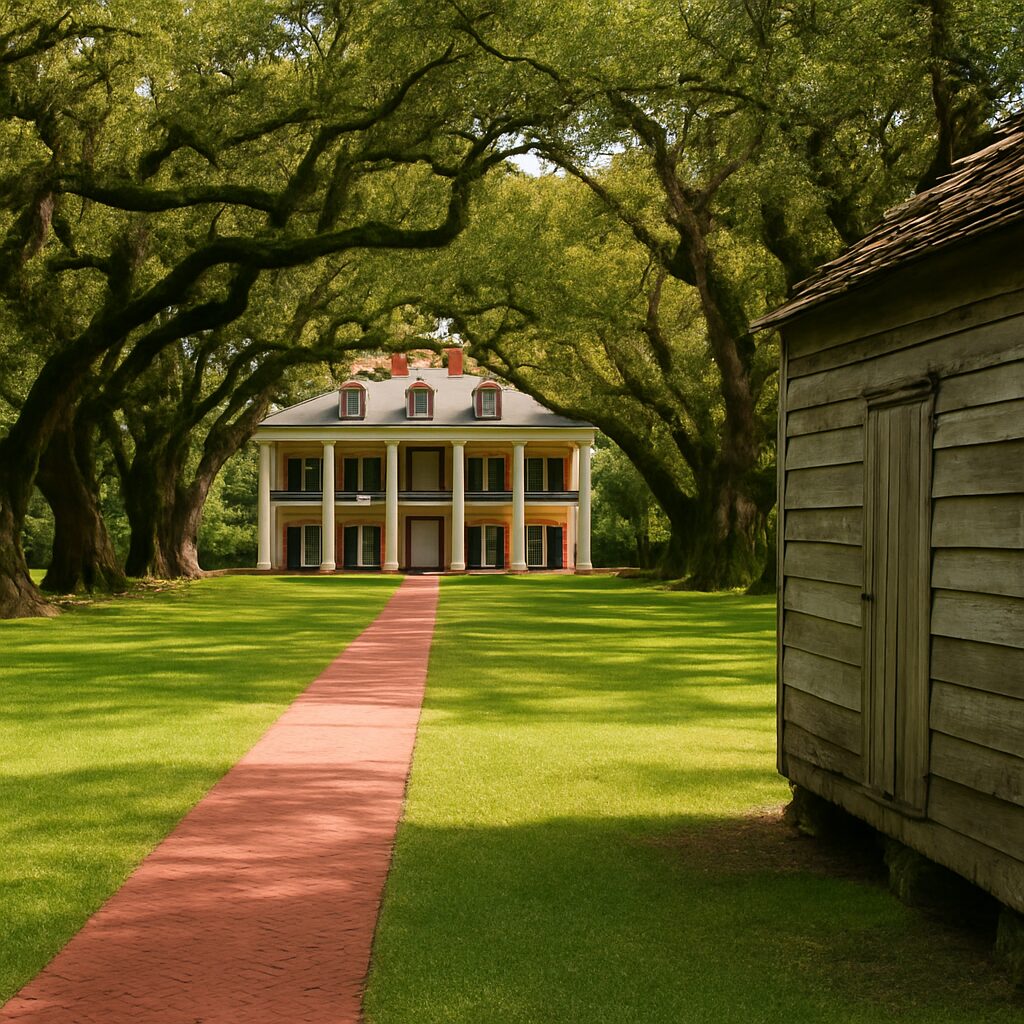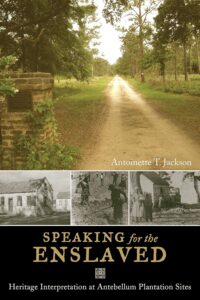
Plantation tours in the American South sell themselves as windows into history. Grand homes, manicured lawns, the “old South” frozen in time. For many travelers, it feels like stepping into a period drama. But beneath the glossy brochures and wedding-venue Instagram feeds lies the real question: are these tours teaching history, or are they cashing in on tragedy?
The Story They Sell

Walk into most plantation tours and the script is familiar: the architecture, the gardens, the furniture imported from Europe. Guides highlight the lives of the white owners, their business dealings, their family drama. Visitors are encouraged to marvel at “southern charm.”
But what about the thousands of enslaved people who built, maintained, and suffered on those grounds? Too often, their stories are footnotes, if mentioned at all. That silence isn’t neutral. It’s selective memory — and selective memory is dangerous.
The truth is, most visitors don’t even notice what’s missing, because the tours are designed to be comfortable. They’re made to entertain, not confront. The setting is staged like a movie set, with soft narratives that let people imagine themselves sipping sweet tea on the veranda — not picking cotton under a lash.
By turning plantations into picturesque backdrops, these tours don’t just avoid the truth — they actively rewrite it. They reinforce a myth of a “graceful South,” a place of ball gowns and magnolias, instead of blood and chains. That isn’t history. That’s marketing.
The Reality They Skip
Plantations were sites of forced labor, violence, and generational trauma. They weren’t quaint estates — they were engines of exploitation. Leaving that out of the tour narrative isn’t just bad history. It’s exploitation of a different kind: packaging trauma as a backdrop while ignoring the people who endured it.
Every brick, every beam, every acre of land was soaked in forced labor. The wealth and opulence these tours display were stolen lives made tangible — yet somehow the focus lands on chandeliers and silverware. Imagine if Holocaust museums centered on German architecture while leaving the concentration camps in the shadows. That’s the level of distortion we’re talking about.
And the damage doesn’t stop at omission. Glossing over the enslaved reduces their suffering to scenery — like they were just extras in someone else’s story. That’s not forgetting; that’s erasing. And erasure is its own form of violence, repeated every time a tour guide talks about “family legacy” without saying whose blood paid for it.
Why People Still Go
Some visitors are genuinely curious. They want to understand the past, to see where history happened. Others want a photo-op — the kind that strips away context and turns human suffering into set design. And then there are couples booking weddings at plantations, celebrating love in spaces built on slavery. That choice alone reveals how deeply the marketing of these sites has blurred memory with myth.
For many tourists, it’s not malicious — it’s ignorance. They don’t know what questions to ask, and the tours don’t encourage them. People leave thinking they’ve had a “historical” experience when in fact they’ve been spoon-fed nostalgia. They post their photos, rack up the likes, and unintentionally help spread the myth.
But ignorance doesn’t erase harm. The tourism industry banks on this innocence, knowing most visitors won’t push back or ask for deeper truths. That way, plantations remain profitable while the uncomfortable parts of history stay buried. The result? A cycle where beauty sells and brutality is silenced.
Education or Exploitation?

The answer depends on how these sites choose to tell their story. Some plantations have started centering the voices of the enslaved, hiring historians, and rewriting their tours. That’s the education model — painful, necessary, and honest. Others double down on nostalgia, hiding behind phrases like “heritage” and “tradition.” That’s the hustle: selling comfort over truth.
Plantations that embrace education prove it’s possible to tell the whole story without losing visitors. In fact, many travelers crave that honesty. They don’t want another fairy tale; they want the raw, unvarnished truth. Confrontation can be uncomfortable, but it’s also transformative. It forces people to look at history not as a postcard, but as a wound that still shapes the present.
On the flip side, when plantations opt for exploitation, they reinforce stereotypes and shield privilege. They cater to people who want their history sanitized, who want the grandeur without the guilt. And as long as that approach keeps the money flowing, there’s little incentive to change. It’s history sold retail — glossy, shallow, and dishonest.
Why It Matters
Tourism shapes collective memory. If millions of people leave plantation tours thinking “what a beautiful house” instead of “what a brutal system,” then history has been rewritten — not by accident, but for profit.
What we choose to highlight tells future generations what we value. If plantations are remembered as romantic estates, the crimes committed there risk fading into background noise. That’s not just a failure of history; it’s a failure of responsibility. Memory is political, and tourism is one of its most powerful weapons.
By asking tough questions about plantation tours, we force the conversation into the open. Do we use these spaces to educate, to honor the lives destroyed, to tell the whole truth? Or do we keep selling curated nostalgia to tourists looking for comfort? That choice is the difference between history and hustle.


